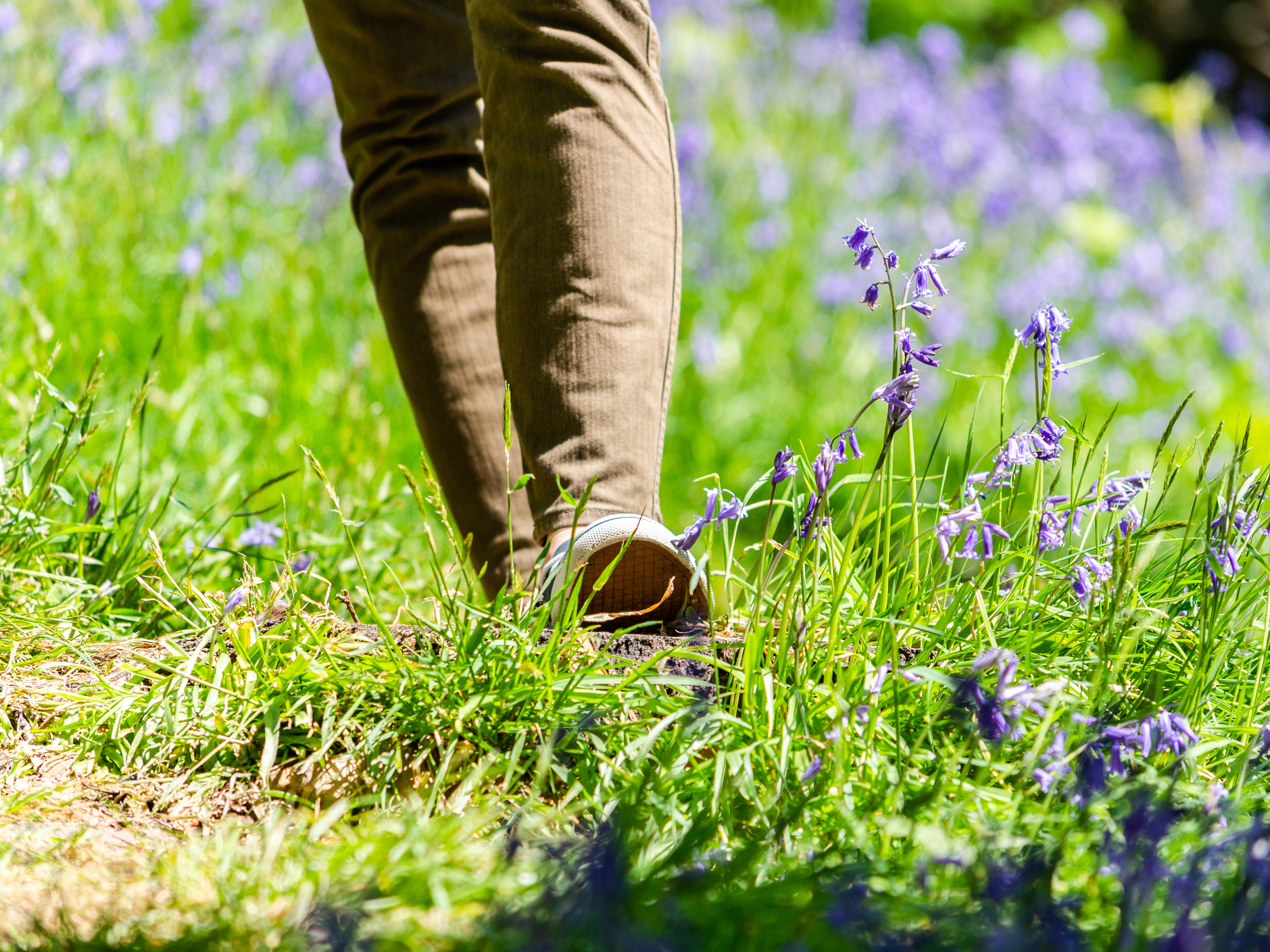Get Easy Health Digest™ in your inbox and don’t miss a thing when you subscribe today. Plus, get the free bonus report, Mother Nature’s Tips, Tricks and Remedies for Cholesterol, Blood Pressure & Blood Sugar as my way of saying welcome to the community!
6 wildflowers with big health benefits

Medicinal plants have been used for thousands of years by all cultures to treat disease, alleviate symptoms and ensure good health.
And, the World Health Organization estimates that 80 percent of people worldwide still rely on herbal medicines from these plants as part of their primary healthcare.
In fact, many prescription drugs were created from botanical sources — yet the plant sources themselves manage to deliver health benefits without the side effects of these modern medicines.
While it’s estimated that there are 21,000 plants that have the potential to fight disease, you’re unlikely to come into contact with the majority of those plants.
However, there are six wildflowers that you could easily run across in a short hike that pack a big punch when it comes to your health.
#1 – Shepherd’s Purse
Shepherd’s purse is a wild green that you’ll see pop up each spring. Part of the mustard family, it has white flowers and seed pods that look like a valentine or a small purse.
These wildflowers are an excellent anti-inflammatory or astringent and all parts can be used to stop wounds from bleeding through its power to constrict blood vessels.
It can be eaten in a salad, prepared as a tea or made into a tincture.
#2 – Purple Coneflowers
Unlike its name implies purple coneflowers do not look like a purple cone. Instead, these flowers, also known as Echinacea, look like daisies whose petals have turned a gorgeous lavender-pink and its center has shifted to a deep red-orange.
Used mainly by the Native Americans, purple coneflowers are noted for treating both snake and bug bites.
They can also be used to help with flu, colds and even toothaches.
Read: 9 herbal teas to help tame your tummy, blood sugar, cholesterol, and sleep problems
Like the Shepard’s Purse plant, you can use all parts of purple coneflowers. However, their dark black roots are especially powerful and can be dried and ground to make a tea.
#3 – Lavender
Lavender wildflowers bloom in early summer with rich purple flower heads on long stems with silvery-green leaves.
It can be used for cuts and scrapes and even fungal infections of the skin. And, as a tea, it can help with anxiety and depression as well as headaches brought on by stress.
When a migraine strikes, I use a lavender-scented pillow on my eyes to help calm my nerves.
#4 – Self Heal
Self Heal are those violet wildflowers that pop up as weeds in your lawn. And, although most people aren’t happy to see their blooms, they come with some serious health benefits.
Self Heal has potential antibiotic properties and can be good for sore throats and even wounds.
And, since it fights inflammation, it can be helpful in warding off chronic diseases, such as diabetes and heart disease.
That’s not the end of the benefits of self heal either…
Read: The flower that keeps tumors from growing
It also supports a strong immune system – making it potentially anti-cancer – and can be used to protect your skin from UV damage.
#5 – St. John’s Wort
St. John’s wort is a weed with small yellow flowers. Its leaves are easy to identify since they have small transparent dots.
It has a long history of herbal use and is excellent for people who suffer from depression. In fact, a scientific study found that 67 percent of patients with mild to moderate depression benefitted from taking St. John’s wort.
It can be eaten in salads, dried to make tea or its fresh wildflowers can make potent healing oils.
#6 – Evening Primrose
A native American beauty, evening primrose has large, goblet-like flowers in shades of yellow, pink and white.
Its seeds contain gamma linoleic acid (GLA) an omega-6 fatty acid that is important in fighting heart and liver disease, hardening of the arteries and skin problems like eczema.
Evening primrose is also a potent inflammation fighter and excellent at relieving pain and has even been approved in Britain for treating breast pain. And, it can help with all of the symptoms of menopause, especially hot flashes.
It also has a long history of use for coughs and asthma.
Read: How foods can improve your asthma symptoms by half
These wildflowers are easy to find and can all be used to make a tea, tincture or salve to help with your health problems. So, the next time you go for a hike, keep a lookout for the medicinal plants growing all around you.
Editor’s note: Discover how to live a cancer prevention lifestyle — using foods, vitamins, minerals and herbs — as well as little-known therapies allowed in other countries but denied to you by American mainstream medicine. Click here to discover Surviving Cancer! A Comprehensive Guide to Understanding the Causes, Treatments and Big Business Behind Medicine’s Most Frightening Diagnosis!
Sources:
- Introduction and Importance of Medicinal Plants and Herbs — Ministry of Health and Family Welfare (MoHFW), Government of India
- Medicinal wildflowers to harvest when hiking — newstarget.com
- St John’s Wort (Hypericum perforatum) — EdibleWildFood.com
- Evening primrose oil — WebMD













